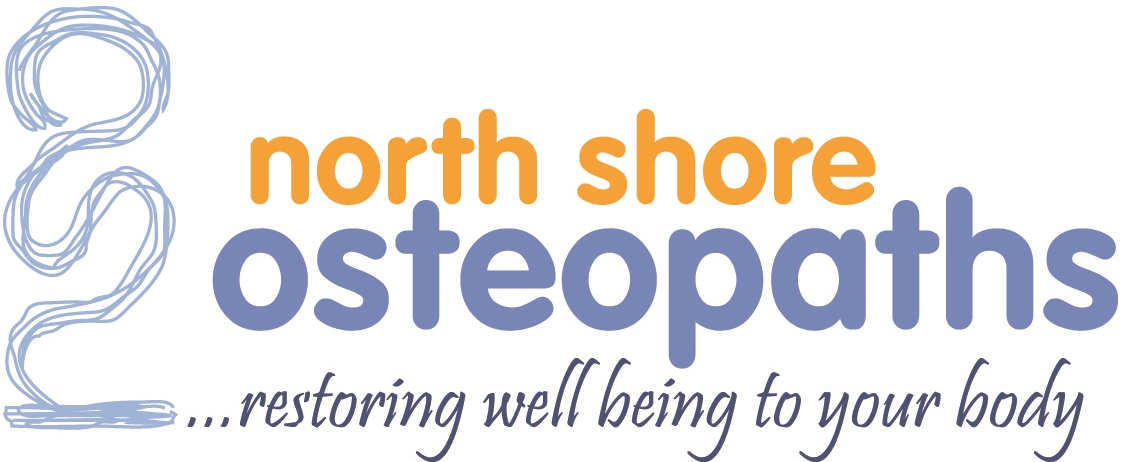
Understanding Cranial Osteopathy: A Guide
Welcome to this comprehensive guide where we delve into the intriguing world of cranial osteopathy. This gentle and holistic form of treatment has captured the interest of healthcare professionals and patients alike. With its unique approach, cranial osteopathy may offer an alternative pathway to well-being for people of all ages. This article aims to offer an in-depth look into what cranial osteopathy is and how it may differ from traditional osteopathic techniques.
What is Cranial Osteopathy?
Cranial Osteopathy, also known as Osteopathy in the Cranial Field, is a subtle, non-invasive form of osteopathic treatment. Contrary to its name, cranial osteopathy is not restricted to the head and may be applied to any part of the body. Osteopaths trained in this discipline employ their finely-tuned sense of touch to identify and gently ease stresses and strains throughout the body.
Osteopathy Vs. Cranial Osteopathy
Traditional osteopathy and cranial osteopathy both fall under the umbrella of osteopathic medicine but have distinct approaches:
Traditional Osteopathy
Traditional osteopathy focuses on the musculoskeletal system and aims to treat a variety of conditions through a range of manual therapies like stretching, massaging, and mobilising. The objective is to improve the body’s function and restore balance by addressing areas that are restricted or constricted.
Cranial Osteopathy
Cranial osteopathy takes a gentler approach. Osteopaths with training in this field use their highly developed sense of touch to identify any tension or restrictions, which they then aim to relieve through subtle, manual techniques. The focus here is not just on physical well-being but also on allowing various body systems—the nervous, immune, muscular, and circulatory systems—to function optimally.
Common Reasons for Seeking Cranial Osteopathy
While adults may seek cranial osteopathic treatment for headaches and migraines, it’s also often recommended for infants and children. Some of the issues that may bring young ones to a cranial osteopath include:
- Torticollis (favouring one side)
- Plagiocephaly (altered head shape)
- Musculo-skeletal components of restlessness or irritability
- The after-effects of a difficult or traumatic birth
- Musculo-skeletal aspects of colic and reflux
- Issues related to latching and feeding
How Cranial Osteopathy May Help
Cranial osteopathy seeks to identify areas of the body that are restricted and aims to gently ease these restrictions. This may help restore normal function, improve well-being, and may offer relief for a variety of conditions.
Conclusion
Cranial osteopathy offers a unique and gentle approach that can be applied to individuals of all ages. From babies with feeding issues to adults with chronic headaches, this technique provides a different perspective on healthcare that complements traditional osteopathic methods. To explore whether cranial osteopathy may be suitable for you or your family members, we recommend booking an appointment for a thorough clinical assessment.
If you’re interested in learning more about cranial osteopathy and how it might fit into your wellness journey, feel free to get in touch with us for a thorough clinical assessment.
For more information, you’re welcome to reach out to our practitioners at North Shore Osteopaths in Brookvale. We’re conveniently located at 32/117 Old Pittwater Road, Brookvale in the Lifestyle Working Building. Feel free to call the clinic on 02 9907 8919 to talk to one of our practitioners.
It’s important to note that the effects of cranial osteopathy may vary from person to person. Always consult with a qualified healthcare practitioner for a diagnosis and treatment that is tailored to your individual needs.
